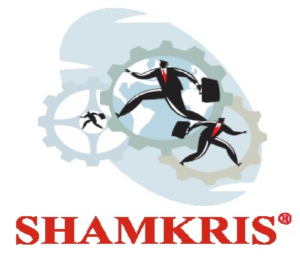Food, Beverages & Tobacco Industry
What is Food, Beverages & Tobacco Industry?
The global food and beverages industry is made up of many segments, including groceries, oils and fats, food additives, functional foods and beverages, packaged foods, health and natural foods, canned food, baked food, baby food, animal food, soft drinks, alcoholic drinks, energy drinks, and packaging.
The Food and Beverage Industry includes all the companies involved in transforming raw agricultural goods into consumer food products. This industry includes fresh food, packaged food, and beverages (both alcoholic and non-alcoholic).
Food and beverage manufacturing plants transform raw agricultural materials into products for intermediate or final consumption by applying labor, machinery, energy, and scientific knowledge. Some products may serve as inputs for further processing (such as syrup for manufacturing soda).
The Food and Drink sector provides safe, high quality, healthy and affordable food to millions of people worldwide. Together with the tobacco industry, the sector is a large source of manufacturing output and employment. However, it faces a confluence of challenges such as climate change, changes in food supply and demand, imbalances in the governance of food production systems, food price volatility and food security. Addressing decent work deficits contributes to tackling these issues and to broader development goals.
Food, Beverages & Tobacco
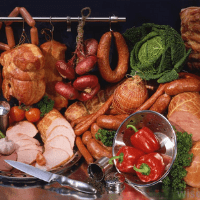
Processing and preserving of meat
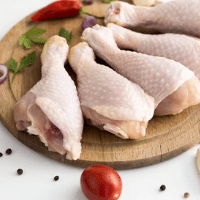
Processing and preserving of poultry meat
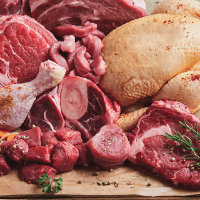
Production of meat and poultry meat products
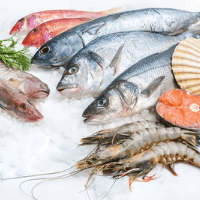
Processing and preserving of fish, crustaceans and molluscs
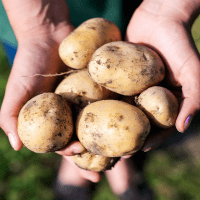
Processing and preserving of potatoes
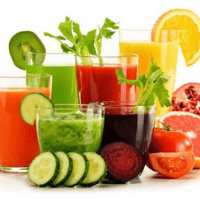
Manufacture of fruit and vegetable juice
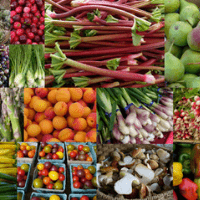
Other processing and preserving of fruit and vegetables
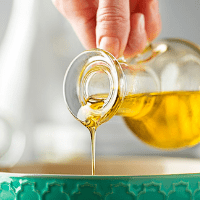
Manufacture of oils and fats
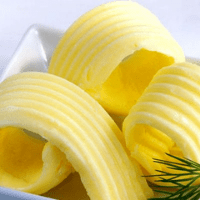
Manufacture of margarine and similar edible fats
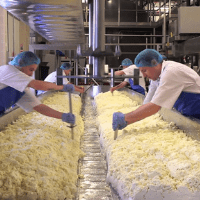
Operation of dairies and cheese making
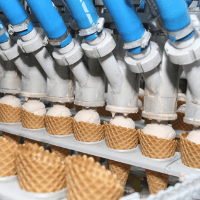
Manufacture of ice cream
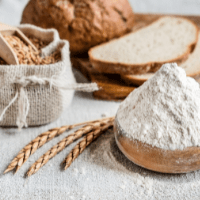
Manufacture of grain mill products
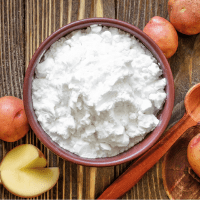
Manufacture of starches and starch products
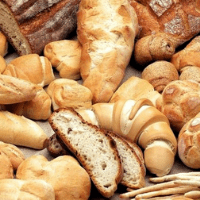
Manufacture of bread; manufacture of fresh pastry goods and cakes
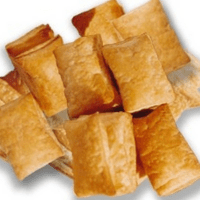
Manufacture of rusks and biscuits; manufacture of preserved pastry goods and cakes
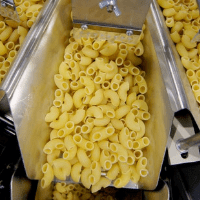
Manufacture of macaroni, noodles, couscous and similar farinaceous products
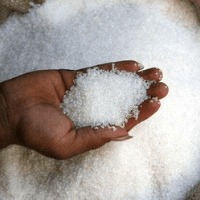
Manufacture of sugar
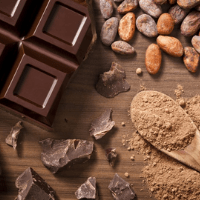
Manufacture of cocoa, chocolate and sugar confectionery

Processing of tea and coffee
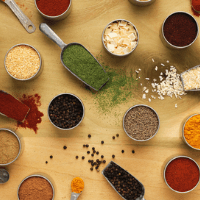
Manufacture of condiments and seasonings
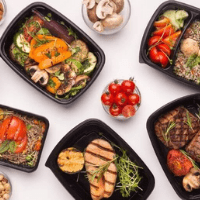
Manufacture of prepared meals and dishes
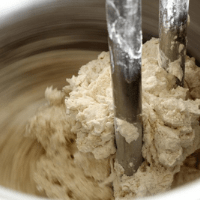
Manufacture of homogenised food preparations and dietetic food
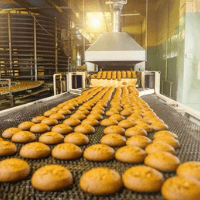
Manufacture of other food products n.e.c.
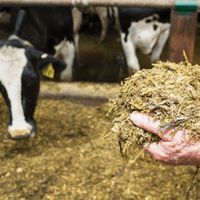
Manufacture of prepared feeds for farm animals
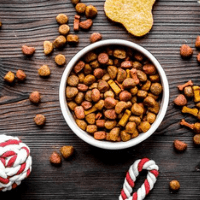
Manufacture of prepared pet foods
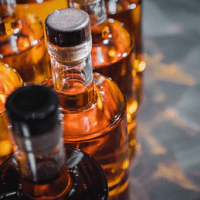
Distilling, rectifying and blending of spirits
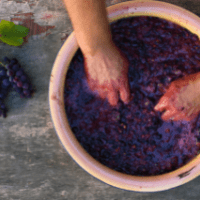
Manufacture of wine from grape
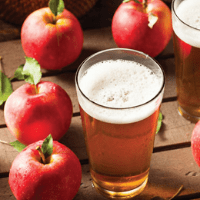
Manufacture of cider and other fruit wines
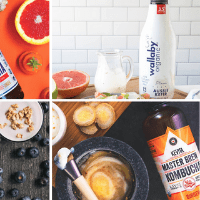
Manufacture of other non-distilled fermented beverages
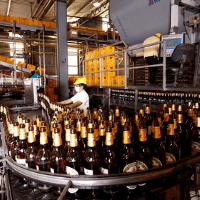
Manufacture of beer
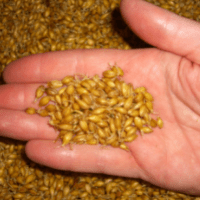
Manufacture of malt

Manufacture of soft drinks; production of mineral waters and other bottled waters
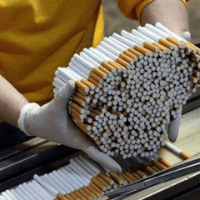
Manufacture of tobacco products
Role of Shamkris
A Project Report is a document that provides details on the overall picture of the proposed business. The project report gives an account of the project proposal to ascertain the prospects of the proposed plan/activity.
Shamkris will provide a Project report covering Industry License requirements, competitor analysis, Land requirements, machinery requirements, equipment requirements, and financial requirements.
Some of the areas covered in the project report are outlined below:
- Introduction
- Project Description
- Uses and Applications
- Market Survey
- Raw Materials
- Manufacturing Process
- Process Description
- Process Flow Diagram
- Plant Layout
- Details of Plant & Machinery
- Suppliers of Raw Materials
- Suppliers of Plant & Machinery
- Plant Location Factors
- Land & building Required
- Power and Water Required
- Details of Manpower Required
- Financials of the Project
- License and application Certificate
Financials of the Project includes:
- Land and Building Costs
- Plant and Machinery Costs
- Other Fixed Assets
- Fixed Capital Investment
- Raw Material Costs
- Salaries and Wages
- Total Working Capital
- Cost of Project
- Total Capital Investment
- Cost of Production
- Turnover per Annum
- Profitability Analysis
- 5-year Profit Analysis
- Break-even Point
- Resources of Finance
- Cash Flow Statement
- Projected Balance Sheet
FAQ
But even as a food, tobacco does contain high amounts of nicotine, which can be poisonous in large doses. With desserts and savoury dishes, though, the amount you’re consuming is very small.
Food and beverage manufacturing plants transform raw agricultural materials into products for intermediate or final consumption by applying labor, machinery, energy, and scientific knowledge. Some products may serve as inputs for further processing (such as syrup for manufacturing soda).
